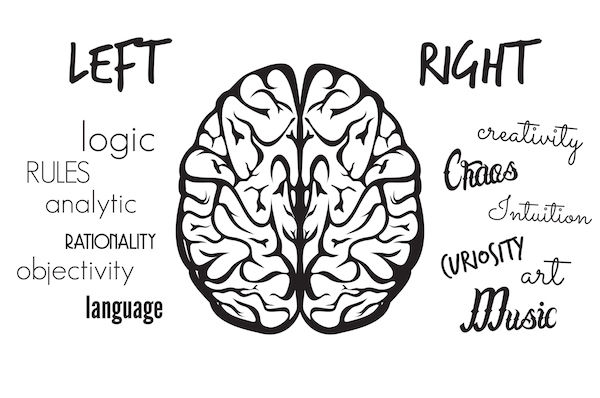
TUESDAY, July 19 (HealthDay News) — Following up on previous research showing that people who have practiced meditation for a long time have more gray matter in their brains, a small new study finds that their brains also shrink less as they age and they have stronger connections in the brain itself.
This means that brain cells may better relay electrical signals, researchers said.
“Our results suggest that long-term meditators have white-matter fibers that are either more numerous, more dense or more insulated throughout the brain,” study co-author Eileen Luders, a visiting assistant professor at the University of California Los Angeles Laboratory of Neuro Imaging, said in a university news release.
“We also found that the normal age-related decline of white-matter tissue is considerably reduced in active meditation practitioners,” she added.
The researchers used technology known as diffusion tensor imaging to scan the brains of study participants and uncover differences in structural connectivity. The study included 27 people who practiced meditation styles such as Shamatha, Vipassana and Zazen for between 5 to 46 years, and 27 other people of the same age and gender who did not meditate.
The investigators found that the two groups had pronounced differences in structural connectivity throughout the brain, not just in one area.
“Meditation . . . might not only cause changes in brain anatomy by inducing growth, but also by preventing reduction,” Luders said. “That is, if practiced regularly and over years, meditation may slow down aging-related brain atrophy, perhaps by positively affecting the immune system.”
However, “it’s possible that meditators might have brains that are fundamentally different to begin with,” Luders pointed out.
“For example, a particular brain anatomy may have drawn an individual to meditation or helped maintain an ongoing practice — meaning that the enhanced fiber connectivity in meditators constitutes a predisposition towards meditation, rather than being the consequence of the practice,” Luders said.
The study findings were released online in advance of publication in the Aug. 15 print edition of the journal NeuroImage.
More information
The U.S. National Center for Complementary and Alternative Medicine has more about meditation.

